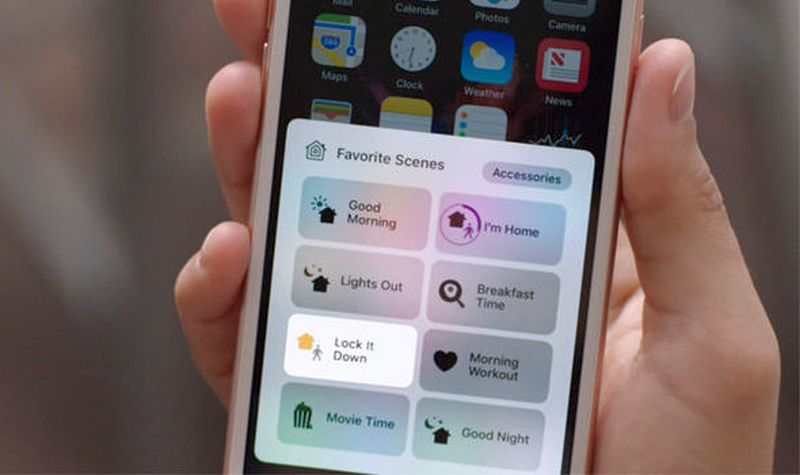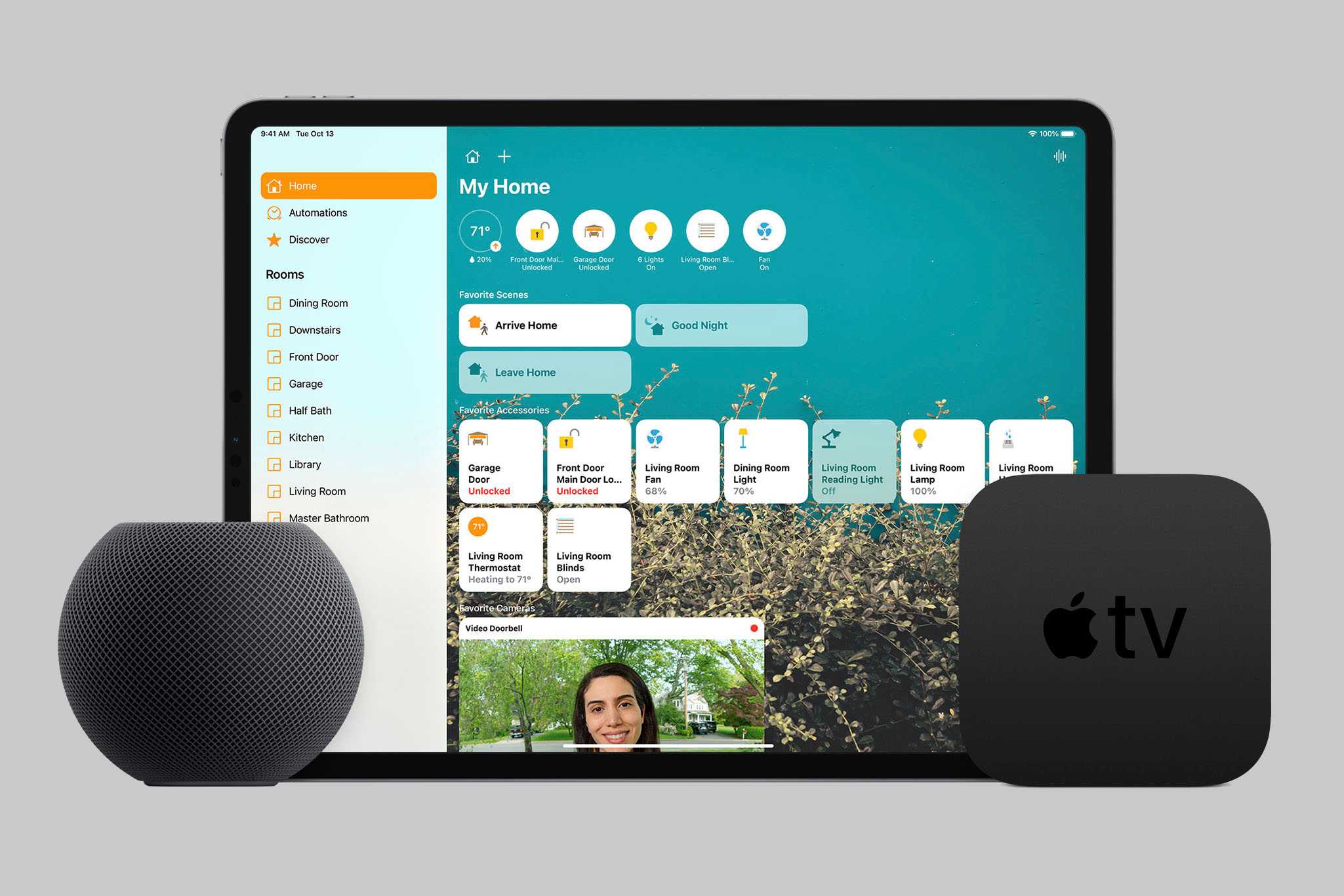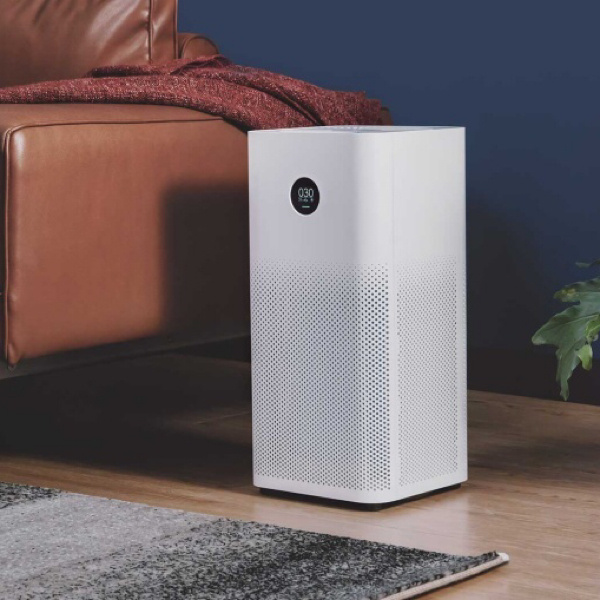Currently, everyone wants to have the smart home devices in their house. So do I, friends, it is my dream to make my apartment as a ultimate smart one!
However, guys, prior to you install the smart home devices, here are some advice and suggestions.

First of all, the pros and cons of smart home wired and wireless systems
1 Wired system
1. High reliability and stability
Wired systems generally use twisted pairs and other media for transmission. For example, CAN uses a twisted pair to transmit differential signals, while KNX uses two twisted pairs for a total of four wires.
This kind of data transmission is safe and stable, the signal is confined in the line, the anti-interference ability is very strong, and the reliability is high, even for very large systems.
For example, a building with dozens of floors can still transmit data stably.
2. High upfront wiring cost
As mentioned earlier, a wired system must have a bus or control line. This bus is generally deployed during the construction phase, and all devices will be connected to this bus later.
For the family, it is necessary to make a plan during the decoration stage, reserve the corresponding points, and arrange the pipes or cable brackets and so on.
This part of the cost is tantamount to a major line change for ordinary families, and the cost is still relatively high.

2 Wireless system
Wireless systems rely on electromagnetic waves to transmit data. Common transmission protocols include Zigbee, wifi, Z-wave, and radio frequency.
It has only been more than ten years since wireless systems started to mature rapidly, and they are younger than wired systems.
But in the field of smart home, wireless systems are radiating strong vitality.
Gateways, servers, and mobile phones and tablets communicate via WiFi, and no physical connection lines are required for each other.
The main features of the wireless system are as follows.
1. Low cost
The biggest feature of the wireless system is the low overall cost, which saves the wiring costs in the early stage, saves a lot of design costs, and has a considerable advantage in price.
2. High flexibility and easy expansion
The wireless system basically realizes plug-and-play because of the lack of line restrictions, and the configuration is very convenient, and most users can complete it by themselves.
At the same time, the wireless system is easier to expand, and then according to your own needs, continue to add or adjust components, so that the entire system slowly grows.
3. There is a power supply problem
Since wireless is used, some components have power supply problems.
For example, temperature and humidity sensors, human infrared sensors, etc., the current solution is to use batteries.

As for the smart home devices, personally I prefer Apple’s items
For instance, Homekit hub: iPad, Apple tv or HomePod





